In contemporary business, employer branding has become an influential concept, transcending recruitment strategies. It embodies the essence of who you are as an employer, what your company stands for, and the environment it provides to your employees. This article is a journey into the intricate world of employer branding, showcasing its significance and presenting 11 stellar employer branding examples to ignite your imagination.
Content:
- What Is Employer Branding?
- The Importance of Employer Branding
- Top 11 Employer Branding Strategy Examples
- How to Execute Your Employer Branding Strategy
- Conclusion
- FAQs
What Is Employer Branding?
Employer branding encapsulates an organization’s efforts to shape and convey its image as an employer. It goes beyond the traditional aspects of a company’s identity, such as its products or services.
It delves into its workplace culture, values, and the opportunities it offers its employees. In essence, employer branding is all about creating a distinct and appealing identity for your organization as an employer to attract and retain top talent. By developing a compelling employer brand, a company strives to position itself as an ideal workplace that meets and exceeds the expectations of potential and current employees.
This concept has become increasingly crucial in today’s competitive job market, where employees seek not only financial compensation but also a sense of purpose, a positive work environment, and opportunities for personal and professional growth.
Employer branding involves a variety of strategies and activities, including crafting a strong company culture, highlighting employee success stories, offering competitive benefits and incentives, and consistently communicating the organization’s values and mission.
These efforts collectively contribute to an attractive and unique employer brand that can help a company stand out in the eyes of prospective employees and contribute to its long-term success in talent acquisition and retention.
The Importance of Employer Branding
The importance of employer branding in today’s business landscape cannot be overstated. It plays a pivotal role in shaping how a company is perceived as an employer and has far-reaching implications for its ability to attract and retain top talent.
Here are some key reasons why employer branding is of the utmost significance.
Attracting top talent
Attracting the best and brightest employees in a highly competitive job market is challenging. A strong employer brand can serve as a magnet for exceptional candidates who are not only looking for a job but also a workplace that aligns with their values and aspirations.
Employee retention
Once you’ve attracted top talent, retaining them is equally important. An appealing employer brand fosters a sense of pride and loyalty among existing employees, making them more likely to stay with the company long-term.
Enhanced productivity
Employees who resonate with the company’s values and culture are more likely to be engaged and motivated. This leads to increased productivity and positively impacts the company’s bottom line.
Cost savings
A strong employer brand can reduce recruitment costs by organically attracting more qualified candidates. It can also lower employee turnover rates, saving money on frequent hiring and onboarding processes.
Competitive advantage
A compelling employer brand can set your organization apart in industries where talent competition is fierce. It can position you as an employer of choice, giving you a distinct advantage.
Positive company culture
A well-defined employer brand often leads to the development of a positive workplace culture. Employees are more likely to be satisfied and engaged when they feel their company shares their values and invests in their well-being.
Alignment with company goals
When employees are aligned with the company’s mission and values, they are more likely to work towards achieving its goals, fostering a sense of unity and purpose within the organization.
Word-of-mouth marketing
Satisfied employees become brand advocates, both within and outside the workplace. They share their positive experiences, contributing to positive word-of-mouth marketing, which can attract even more talent.
Build a dynamic, personalized career site that keeps candidates engaged – in less than 4 weeksIs Your Career Site Working Hard for You?
Top 11 Employer Branding Strategy Examples
Let’s delve into some of the most compelling employer branding strategies, as executed by major companies. These exemplify the power of a strong employer brand in attracting top talent and fostering a productive work environment.
Google is renowned for its innovative and employee-centric culture, offering benefits such as flexible work arrangements and on-site wellness centers, significantly contributing to employee satisfaction. With a Glassdoor rating of 4.4/5, it’s clear that employees appreciate these perks and the company’s work environment.
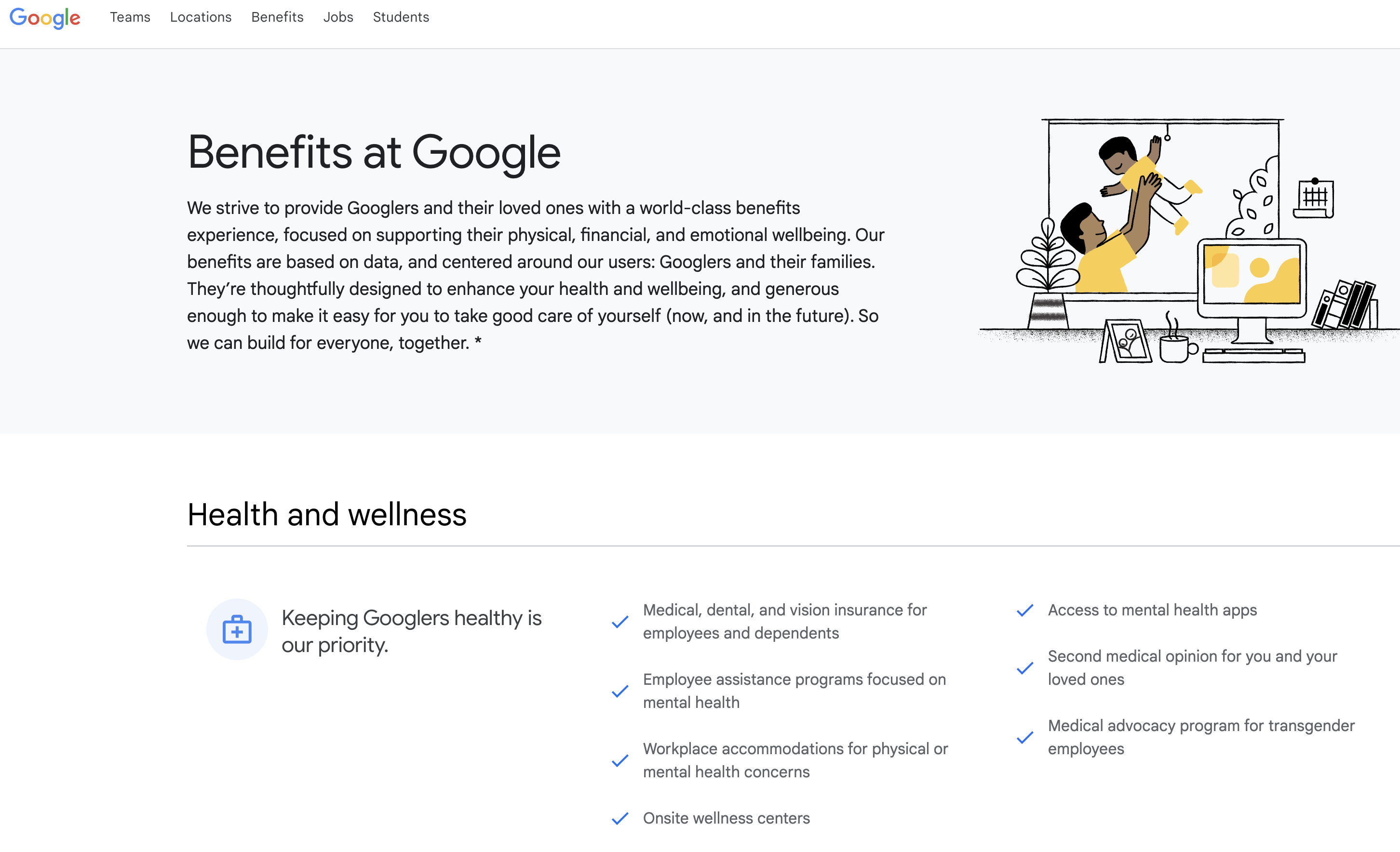
Microsoft
Microsoft’s employer brand is dedicated to diversity and inclusion, striving to create an inclusive work environment for all employees, regardless of their backgrounds or abilities. The company has been recognized for its commitment to diversity, with women making up 30% of its workforce.
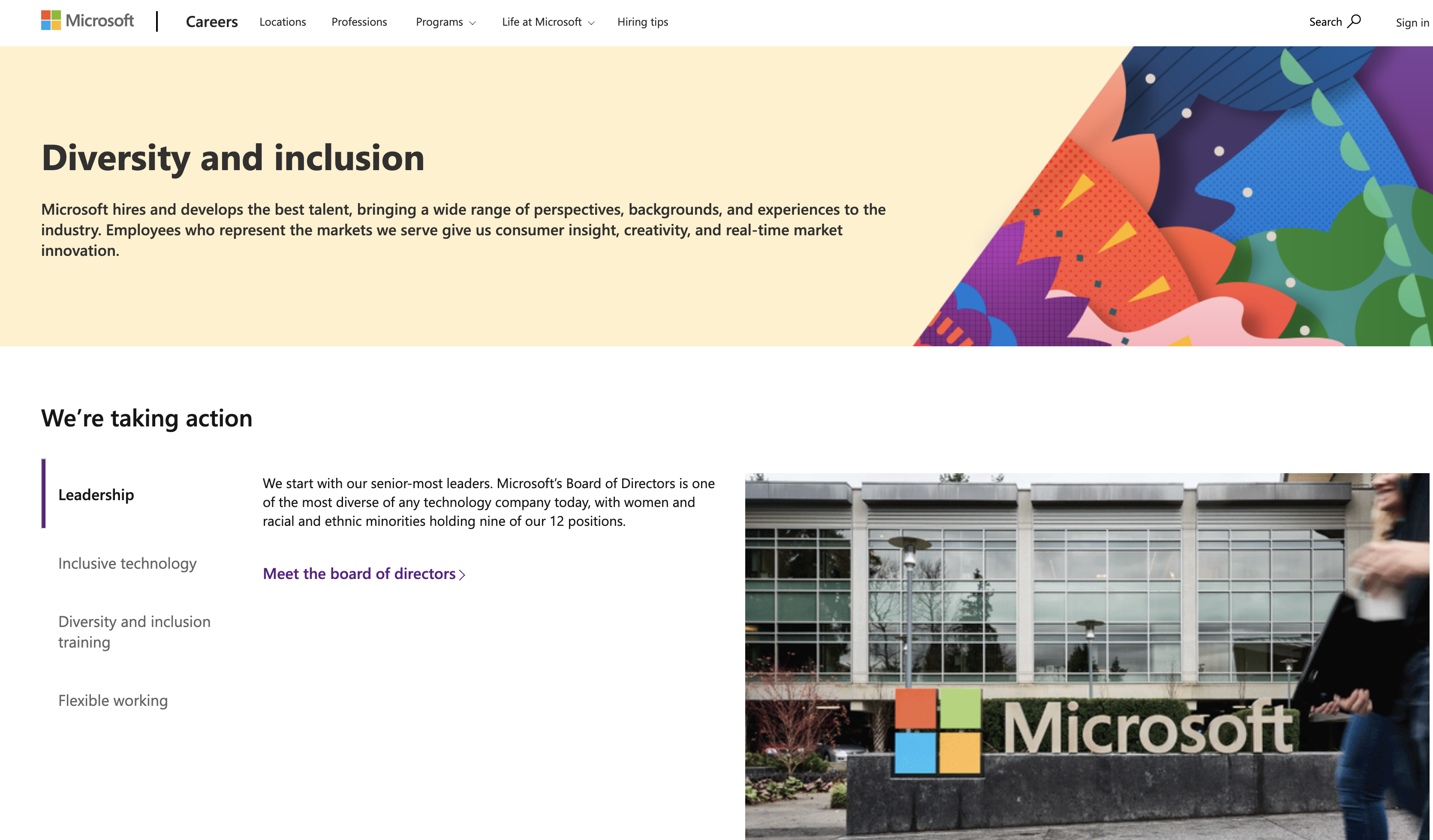
Apple
Apple’s employer brand centers on innovation and creativity, fostering an environment where employees are encouraged to think outside the box and bring groundbreaking ideas to life. This creative environment has led to numerous patents and inventions, contributing to its status as a leading tech company.
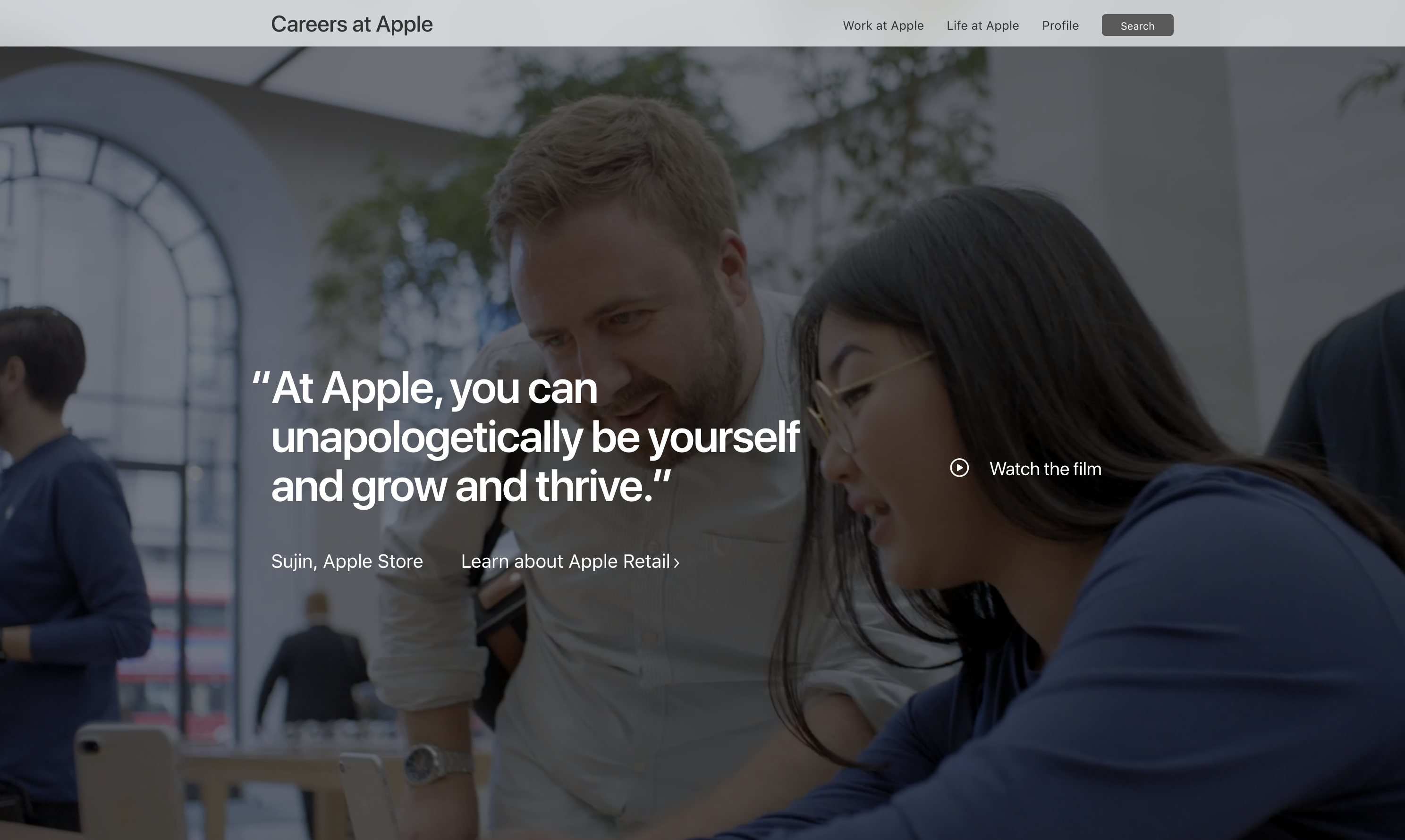
Amazon
Amazon places a strong emphasis on career growth and development, offering extensive training opportunities and encouraging employees to climb the career ladder within the organization. Notably, Amazon has invested over $700 million in upskilling its workforce.

Canva
Known for its vibrant and dynamic culture, Canva encourages creativity and collaboration with a strong commitment to providing a fun and engaging workplace. Boasting an employee satisfaction rate of 86%, Canva stands out as a company that values employee well-being.
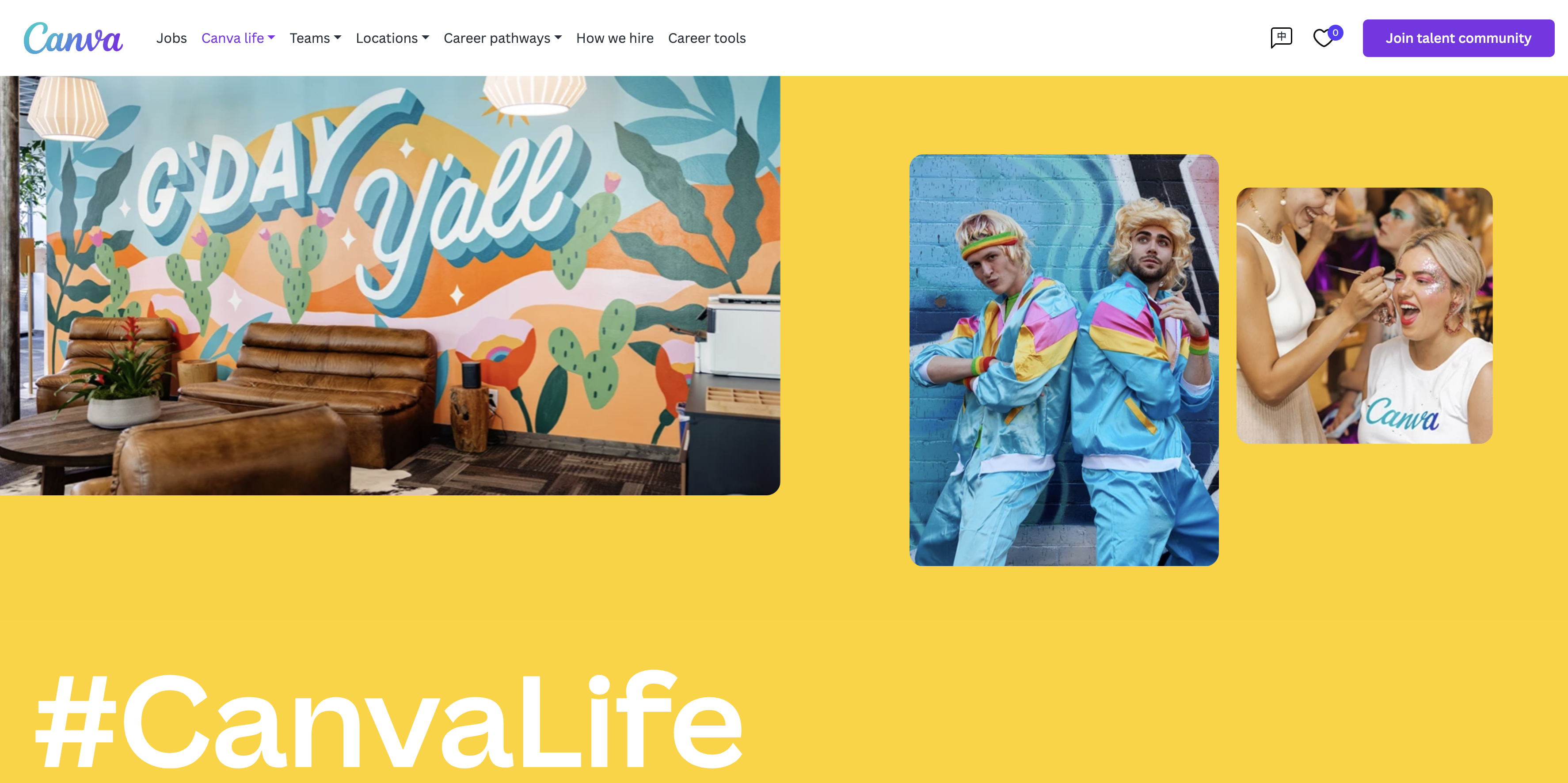
Starbucks
Starbucks thrives on the values of community and sustainability, focusing on creating a sense of belonging and positively impacting the world in its employer branding strategy. The company’s commitment to sustainability is evident through its goal to become resource positive by 2030.
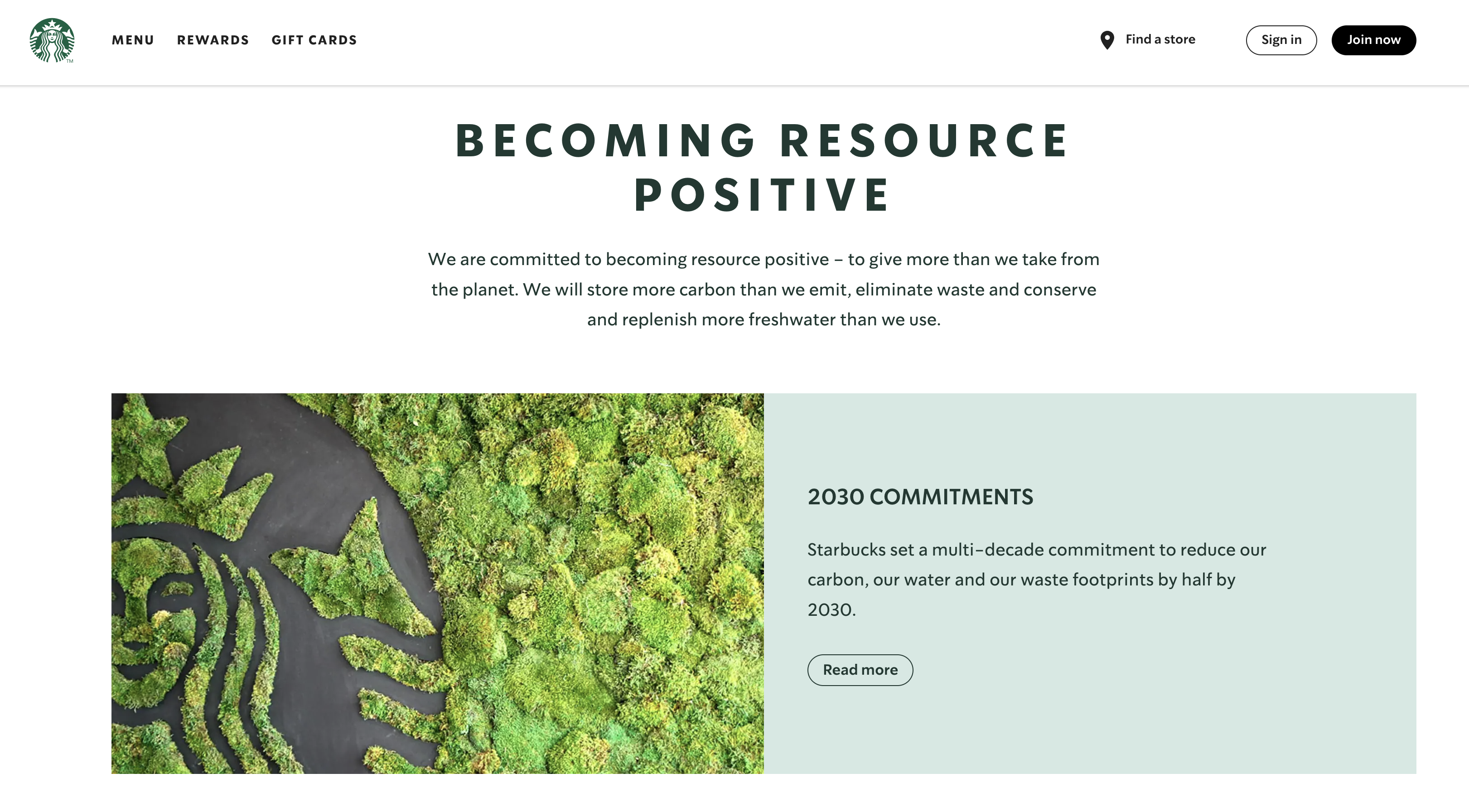
Heineken
Heineken’s employer brand celebrates its Dutch roots and the spirit of adventure, promoting a culture of openness and curiosity. This multinational brewing company operates in over 70 countries, powered by a diverse workforce.
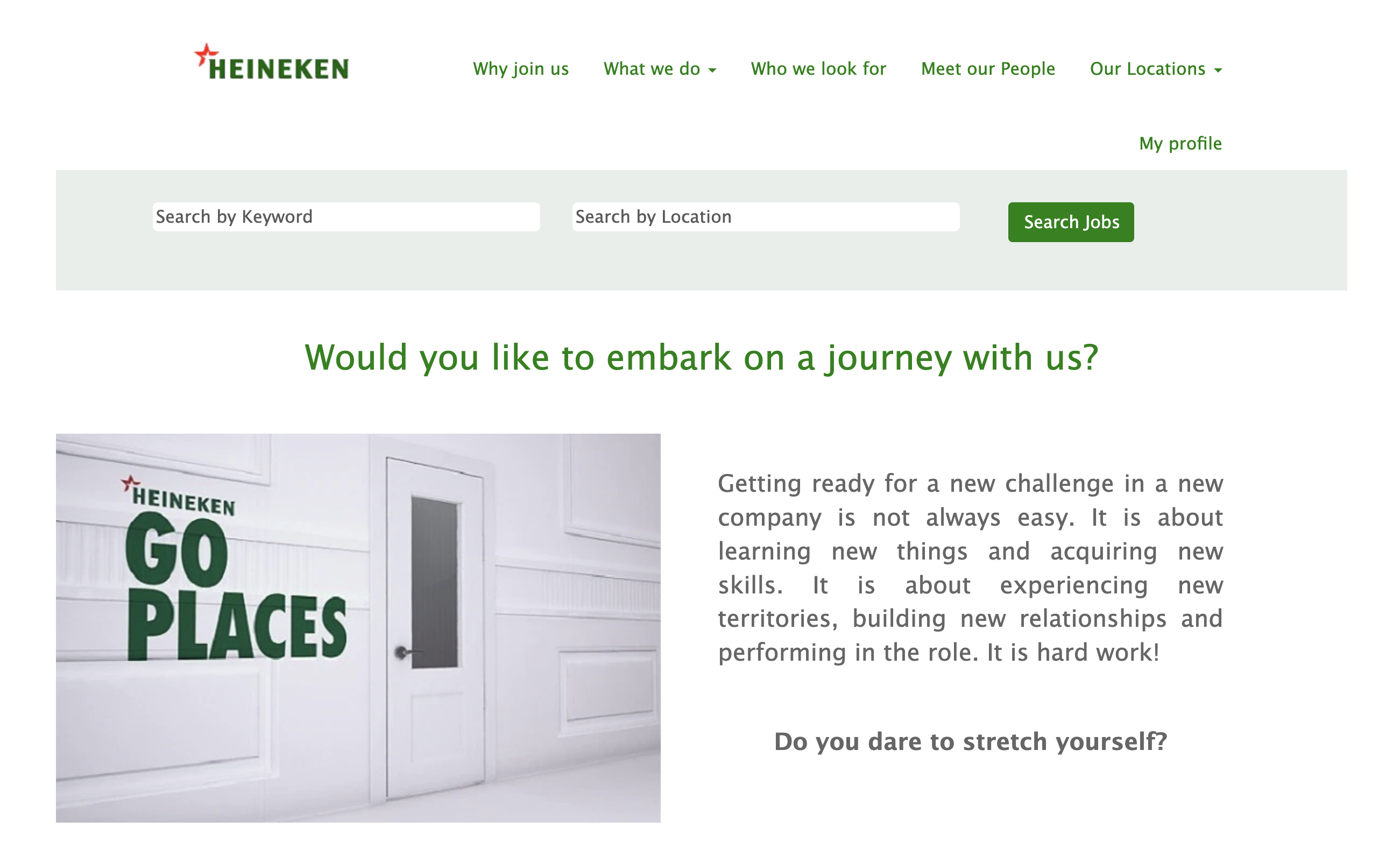
General Electric
General Electric is all about innovation and technology, highlighting opportunities to work on cutting-edge projects in its employer branding. The company has a rich history of innovation, with over 100,000 patents granted throughout its existence.
PwC (PricewaterhouseCoopers)
PwC emphasizes professional growth and work-life balance, offering flexibility and opportunities for advancement. PwC is known for its commitment to employee development, investing over $1 billion in training and development annually.
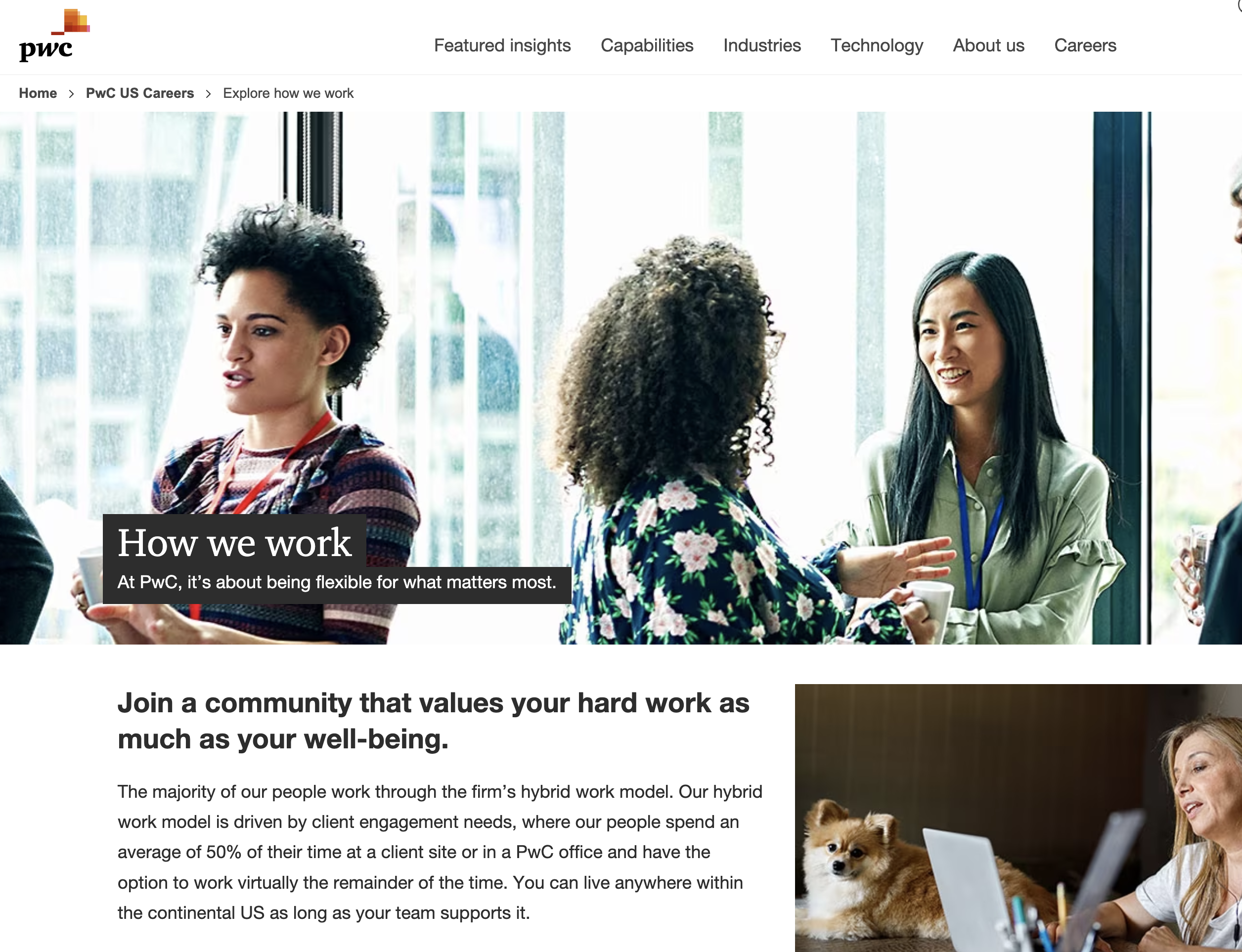
L’Oreal
L’Oreal’s employer brand revolves around beauty, diversity, and sustainability, encouraging employees to embrace their individuality. The company has received recognition for its efforts in promoting diversity and inclusion, with various awards and initiatives.
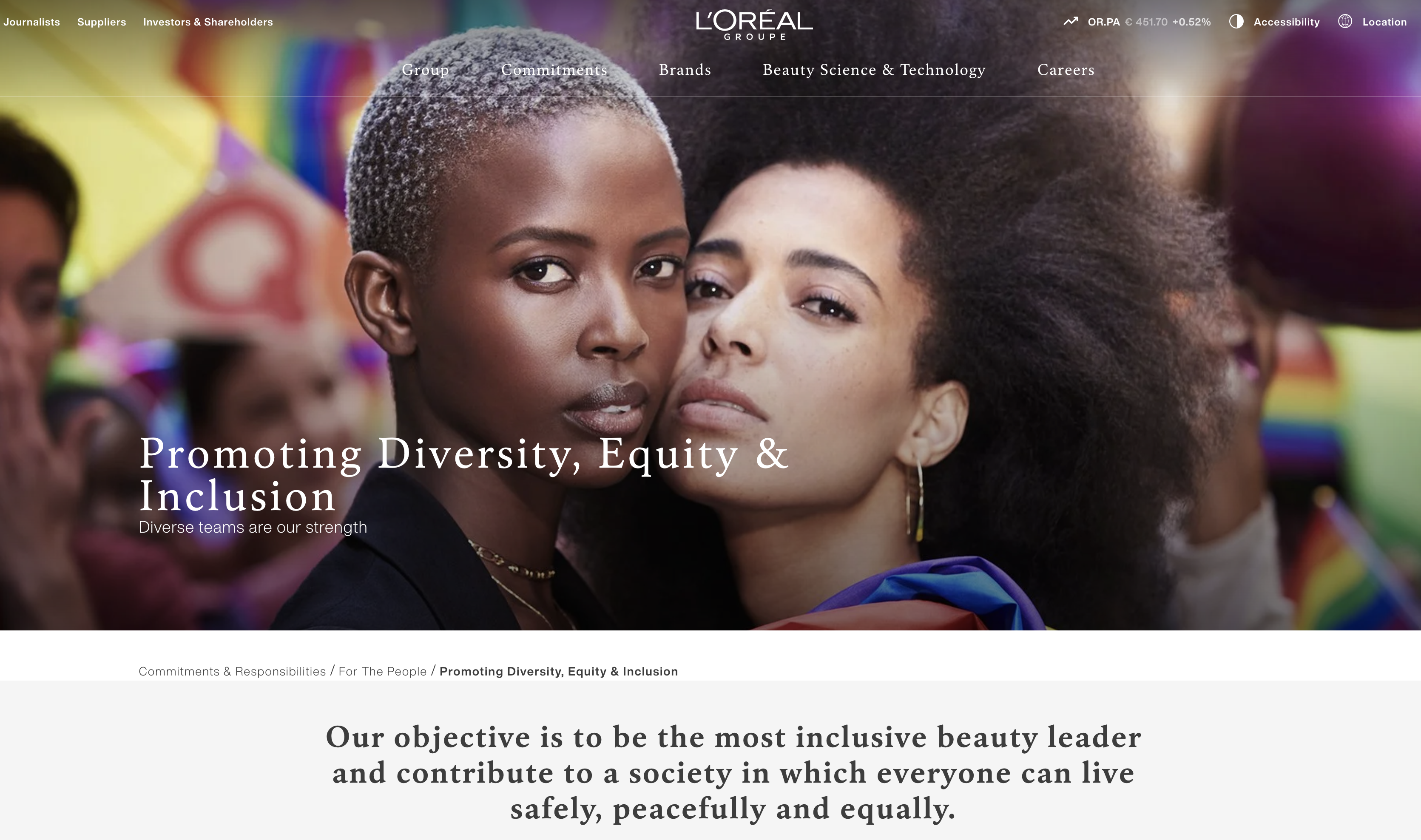
Salesforce
Salesforce’s employer branding strategy focuses on giving back to the community and encouraging employees to participate in volunteer and charitable activities. Salesforce has donated more than $285 million in grants and provided 4.3 million hours of volunteer time to support communities.
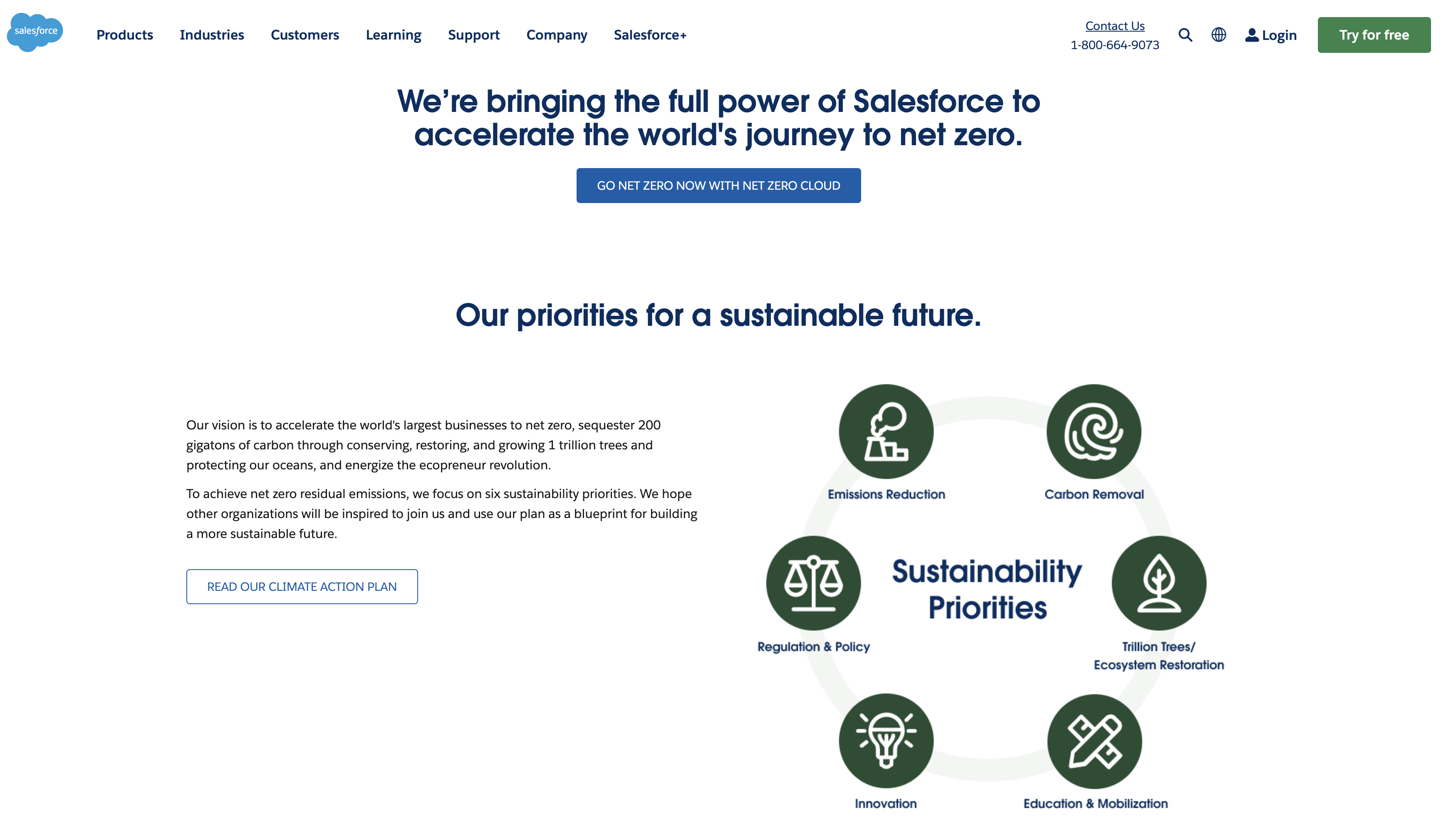
How to Execute Your Employer Branding Strategy
An effective employer branding strategy is crucial for shaping your company’s image as an attractive employer.
Here are some key steps to successfully execute your employer branding strategy.
Define your employer brand
Start by clearly defining what your organization stands for as an employer. Identify your core values, culture, and the unique benefits and opportunities you offer to employees. This forms the foundation of your employer brand.
Understand your target audience
To attract the right talent, you must understand the preferences and aspirations of your target audience. This includes the skills and qualities you seek in potential employees.
Consistent messaging
Ensure your messaging is consistent across all communication channels, from your website and social media to job postings and internal communications. The image you project should align with your defined employer brand.
Highlight employee success stories
Encourage your current employees to share their success stories within the organization. These testimonials can serve as powerful endorsements of your employer brand.
Offer competitive benefits
To be an attractive employer, it’s essential to offer competitive compensation, benefits, and opportunities for career growth. These should align with the values and goals of your company and employees.
Create a positive work environment
Foster a positive work culture that reflects your company’s values. This can include flexible work arrangements, professional development programs, diversity and inclusion initiatives, and a strong emphasis on work-life balance.
Leverage social media
In the digital age, social media is a powerful tool for showcasing your employer brand. Regularly post content highlighting your company culture, employee achievements, and organizational impact.
Engage with your employees
Involve your employees in employer branding efforts. Encourage them to be advocates for the company on social media and in their professional networks.
Feedback and continuous improvement
Regularly seek feedback from employees and candidates about their experiences with your employer brand. Use this feedback to make continuous improvements.
Measure and analyze results
Implement key performance indicators (KPIs) to measure the effectiveness of your employer branding efforts. Analyze the data to understand what’s working and where adjustments are needed.
Adapt to changing needs
The job market and employee expectations evolve. Be ready to adapt your employer’s branding strategy to meet these changing needs and preferences.
Employee development
Invest in the development of your employees. This includes training, mentorship programs, and opportunities for career progression. When employees see a path for growth within your organization, they are more likely to stay.
Conclusion
In conclusion, employer branding has emerged as a critical component in the world of business, particularly at a time when the competition for top talent is fiercer than ever. It is not merely a buzzword, but a strategic approach that can shape your organization’s future.
By creating an appealing and distinct employer brand, you can set your company apart in the eyes of potential employees and your current workforce. This, in turn, leads to a positive cycle where satisfied employees become your brand advocates, helping you attract more like-minded individuals.
Moreover, a well-crafted employer brand is not just about attracting talent; it’s about retaining it. Employees who resonate with your company’s culture and values are more likely to stay with you for the long term. This reduces the cost of recruitment and contributes to a productive, engaged, and motivated workforce.
As you embark on your employer branding journey, remember that the key lies in consistency and authenticity. Your actions, benefits, and culture should align with the image you portray. Encourage employee participation and engagement in your branding efforts.
In a job market that is always changing, keeping up with these methods and trends will help you understand employer branding in a way that will help your team grow.
This is where Joveo comes in to get your job ads in front of the right people – at the right place and time, for the right price! With our AI-driven approach and campaign automation, you can spend with precision on sources that deliver.
Discover the power of our game-changing, end-to-end talent-sourcing platform.
See us in action to boost your company’s productivity. Follow us on Twitter and LinkedIn for more hiring insights!
FAQs
What is employer branding?
Employer branding is how a company shapes its image as an employer, showcasing its culture, values, and opportunities to attract and retain top talent.
What is Google’s employer branding strategy?
Google’s employer branding strategy centers around creating an innovative and employee-centric culture. The company offers a wide range of benefits and flexible work arrangements to attract and retain top talent. This approach not only enhances employee satisfaction but also positions Google as a sought-after employer in the competitive tech industry.
What is digital employer branding?
Digital employer branding involves using online platforms and social media to communicate your company’s values and culture to attract potential employees. It’s an essential aspect of modern employer branding.














